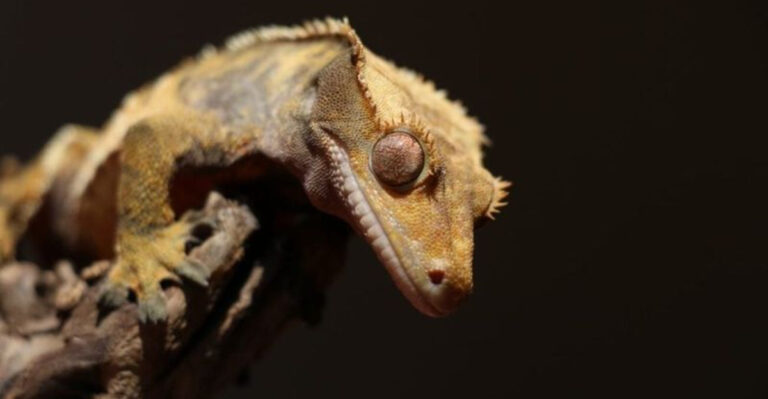16 Subtle Ways Cats Show They’re Feeling Anxious
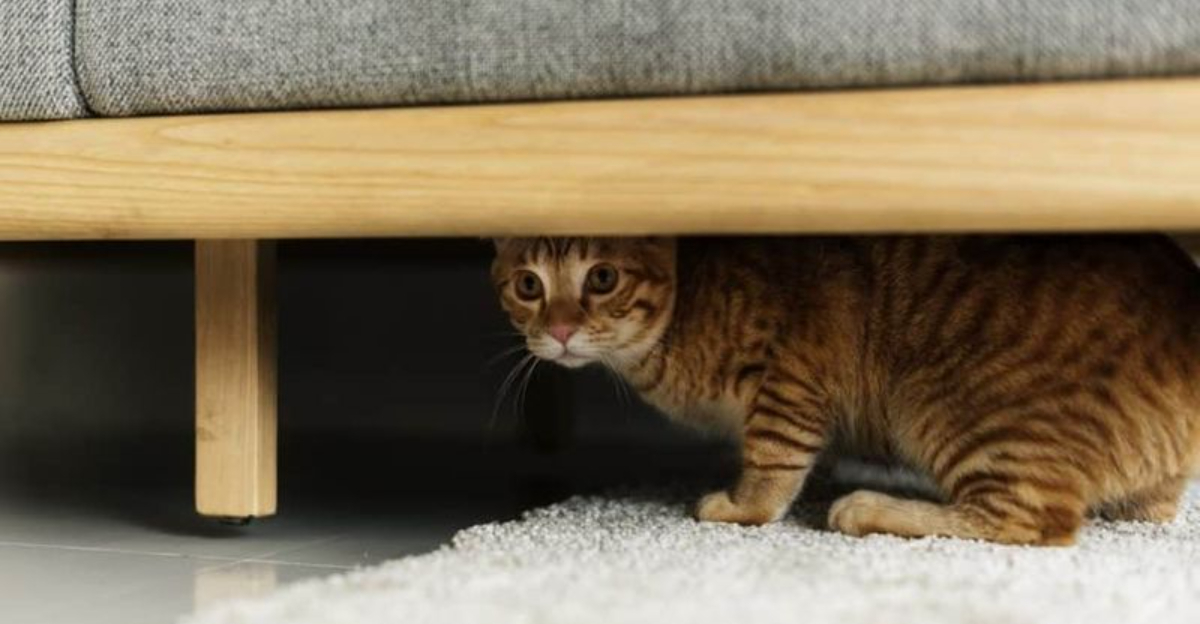
Cats are quirky little creatures with their own mysterious ways of expressing emotions. While they often seem aloof, anxiety can sneak into their lives, just like it does with us.
It’s important to recognize these subtle signs so you can help your feline friend feel more at ease in their environment.
1. Increased Vocalization
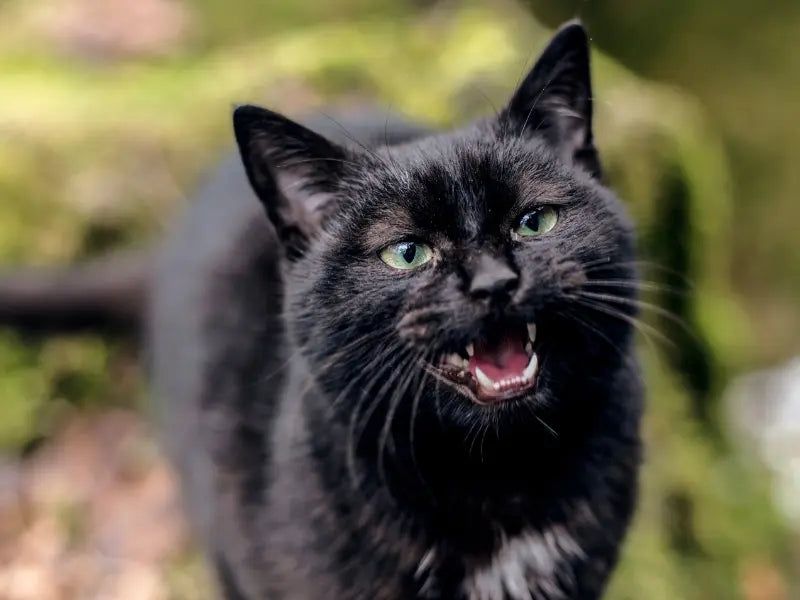
Ever thought your cat was trying to have a full-on conversation? Increased meowing might not be just for fun.
Cats often become extra chatty when they’re feeling anxious, as if they’re telling you all about their day. Pay attention to changes in frequency or tone.
2. Hiding Spots
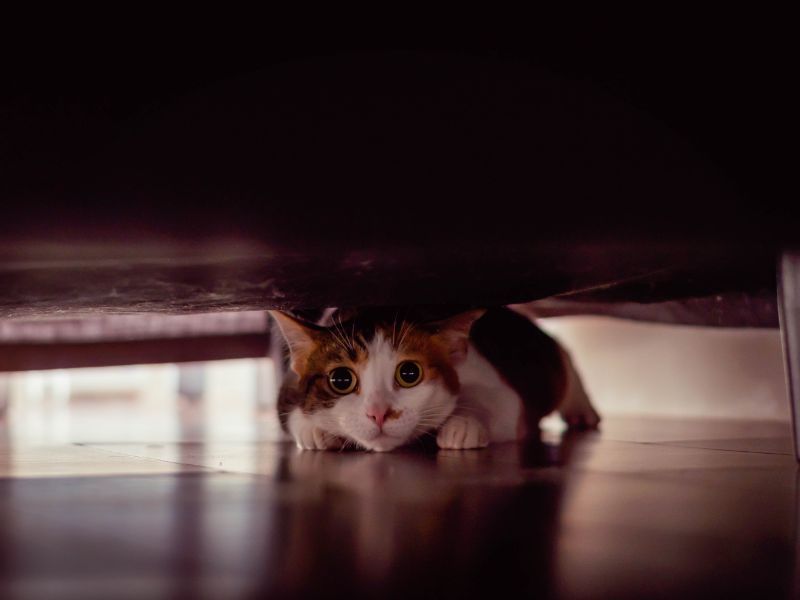
Cats are natural hiders, but if your furball is suddenly spending more time under the bed or in the closet, anxiety might be to blame. It’s their furry fortress, where they feel safe from whatever’s causing distress.
Sometimes, all they need is a little reassurance from you to feel more secure and venture out.
3. Change In Grooming Habits
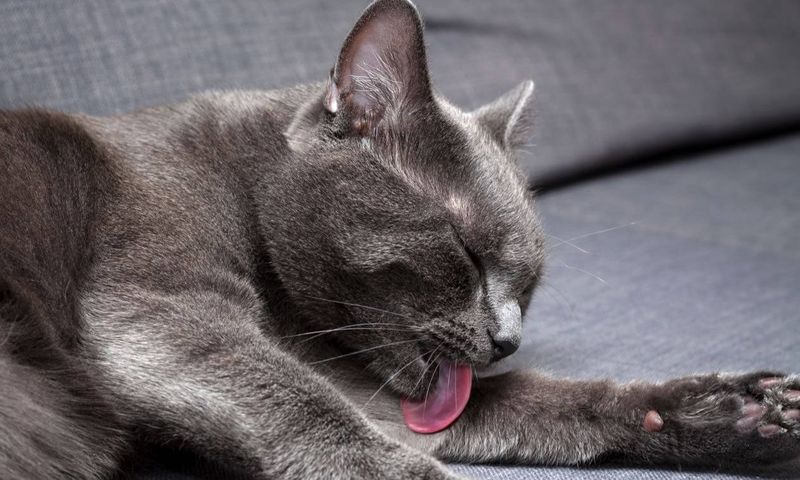
Has your cat become a grooming enthusiast, or perhaps been slacking off on their usual clean routine? Anxiety can lead to over-grooming or, conversely, neglecting their beautiful fur.
Excessive grooming might result in bald patches, while decreased grooming can leave their coat looking a bit shabby.
4. Loss Of Appetite
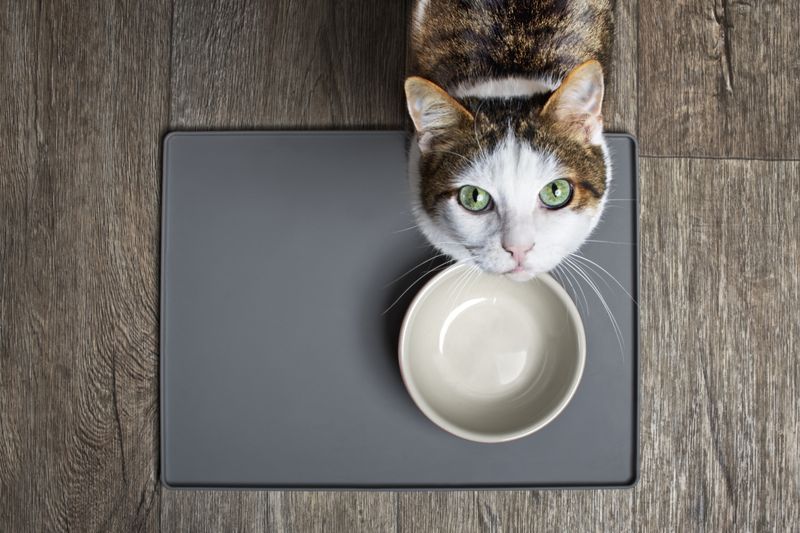
If your cat’s food bowl is starting to look more like decor than a dining spot, anxiety could be the culprit. Cats may lose interest in their meals when feeling uneasy.
Skipping meals or eating smaller portions can indicate stress. Creating a calm feeding environment might help spark their appetite again.
5. Aggressive Behavior
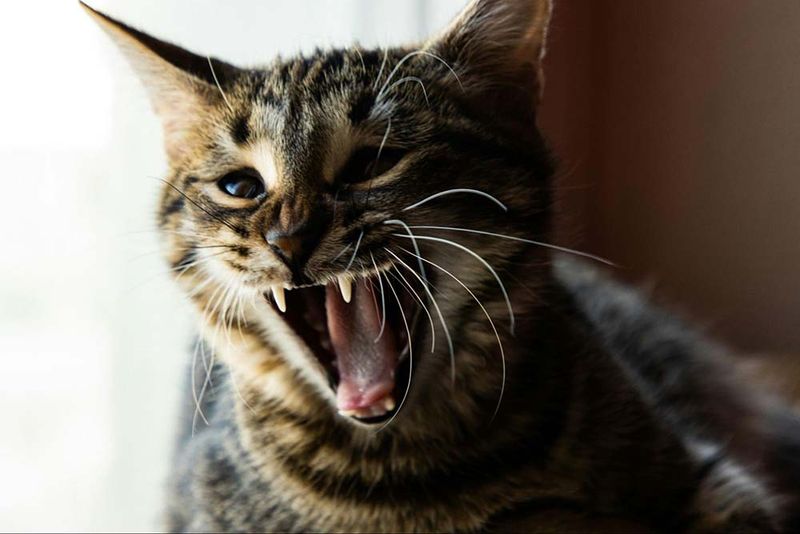
Sometimes, anxiety turns our sweet kitty into a tiny lion. Unexpected aggression might be their way of expressing discomfort or fear.
They could lash out with hissing, scratching, or biting. It’s crucial to identify triggers and create a comforting environment to help them feel safe and reduce those fear-driven outbursts.
6. Litter Box Issues
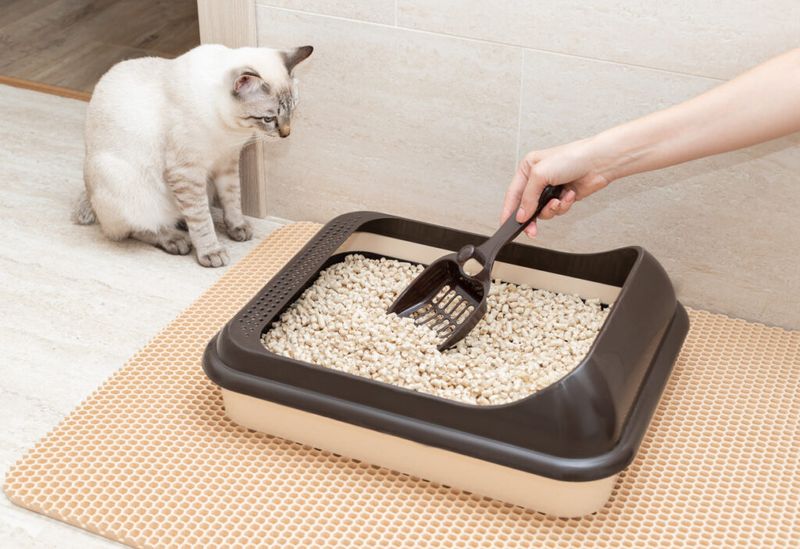
Notice any unexpected surprises outside the litter box? Stress or anxiety often lead cats to avoid their usual bathroom habits.
They might feel threatened or uneasy about the current arrangements. A little extra cleanliness and some added privacy around the litter area can do wonders.
7. Pacing Or Restlessness
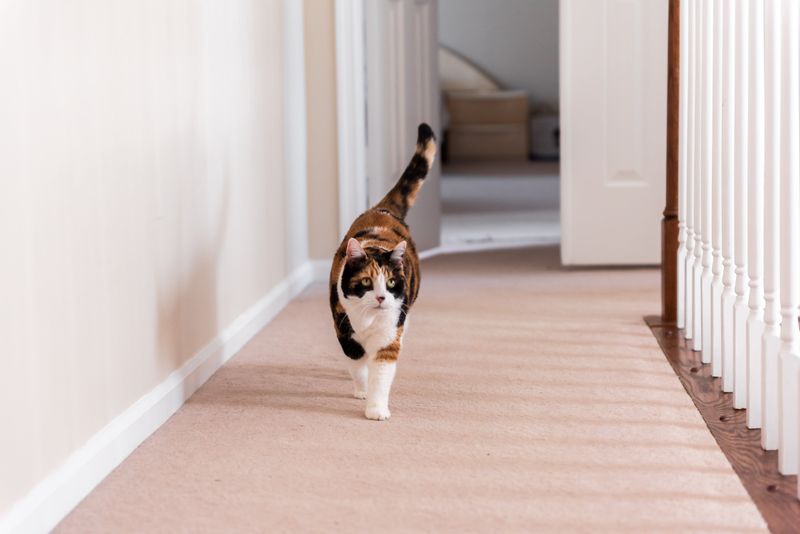
Is your cat practicing for a marathon in your living room? Pacing can be a clear indicator of anxiety, as they’re unable to settle down.
Finding ways to engage their mind and body, like interactive toys or a bit of playtime, might help channel that restless energy.
8. Excessive Scratching

Is your furniture suddenly looking more like a modern art piece? Cats might scratch excessively when stressed, turning your couch into their personal canvas.
It’s a way for them to relieve tension or make their mark. Providing scratching posts and creative outlets can redirect this behavior into something a bit less destructive.
9. Change In Sleeping Patterns
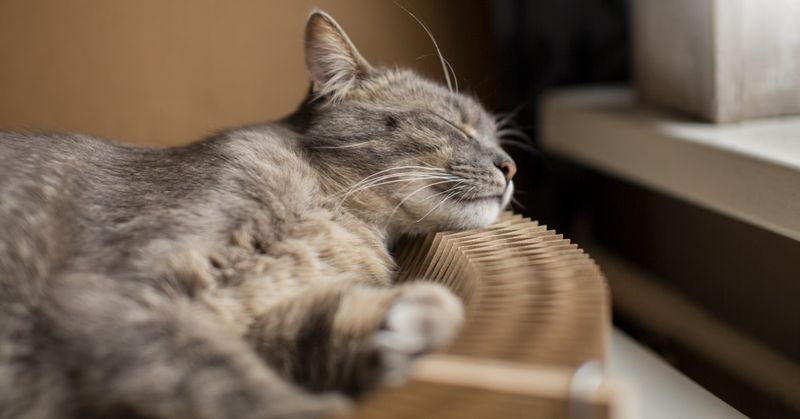
Cats love their naps, but a shift in sleeping habits can signal anxiety. If they’re suddenly wide awake at odd hours or snoozing in unusual places, something might be bothering them.
It’s like when we toss and turn, trying to find a comfy spot. Ensuring their bed is cozy and away from noise might bring back peaceful slumber.
10. Avoiding Eye Contact
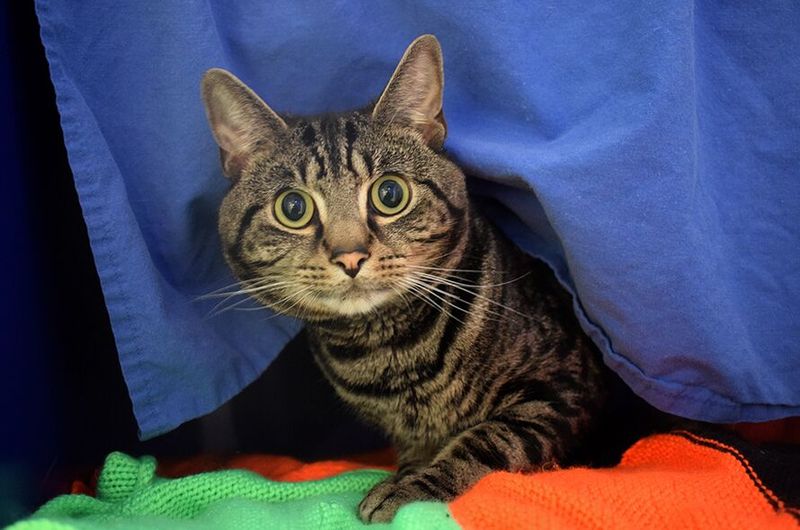
Ever felt like your cat is giving you the cold shoulder? If they’re avoiding eye contact, it might not be personal.
Anxiety can make them feel vulnerable, and they might choose to look away rather than engage. A gentle, reassuring presence can help them feel more at ease and gradually restore that eye-to-eye connection.
11. Twitching Tail
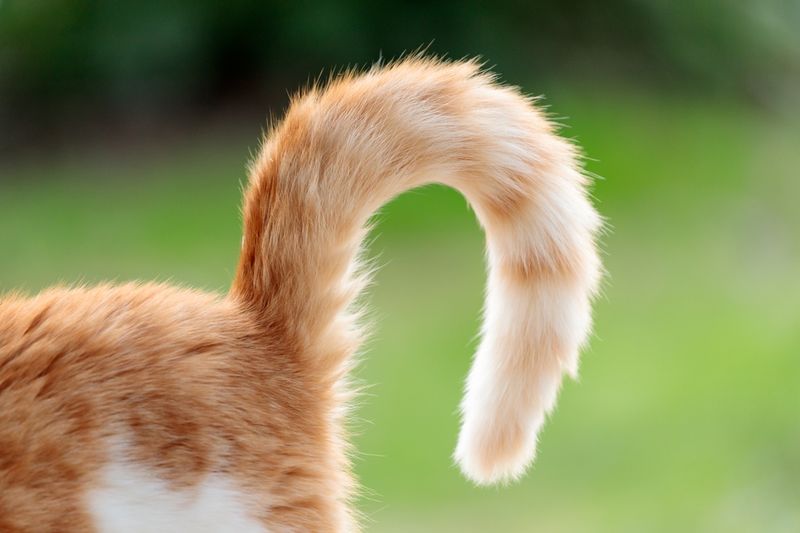
A cat’s tail is like a mood ring, and a twitching tail can mean anxiety is in the air. It’s their silent language, expressing irritation or stress.
You might notice it flicking back and forth rapidly, signaling that something’s not quite right. Identifying the stressor and offering comfort can help calm those twitchy tails.
12. Ear Flattening

Flattened ears aren’t just for aerodynamics. It’s a sign your cat might be feeling uneasy or threatened. Those sleek, backward-pointing ears are a clear indicator of anxious feelings.
They’re tuning into the environment, ready to respond to any perceived threat. Creating a peaceful, secure atmosphere can help lift those ears and ease their worry.
13. Dilated Pupils
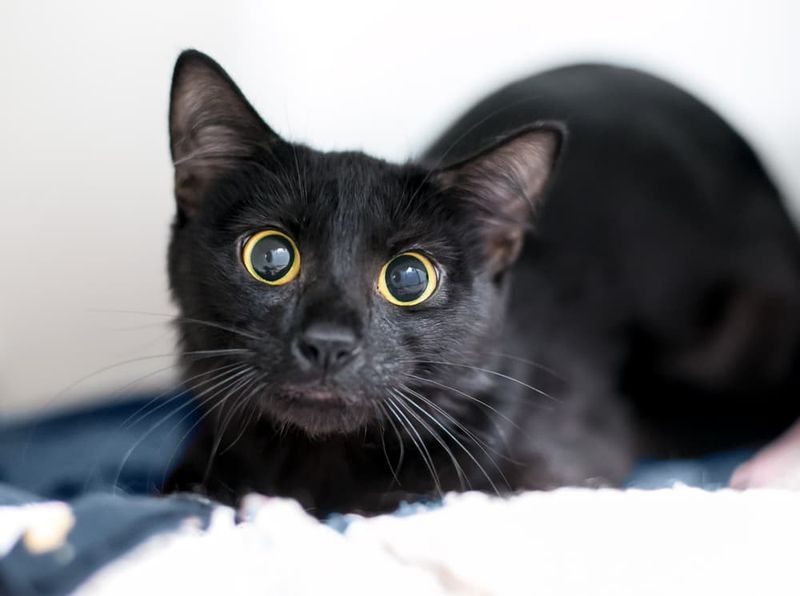
Eyes wide as saucers, have you ever noticed your cat’s pupils turning into giant black moons? Dilated pupils can indicate anxiety, as their body prepares to react to potential stressors.
It’s a tell-tale sign they’re on high alert. Keeping the environment calm and minimizing sudden changes can help your cat’s eyes return to normal.
14. Excessive Shedding
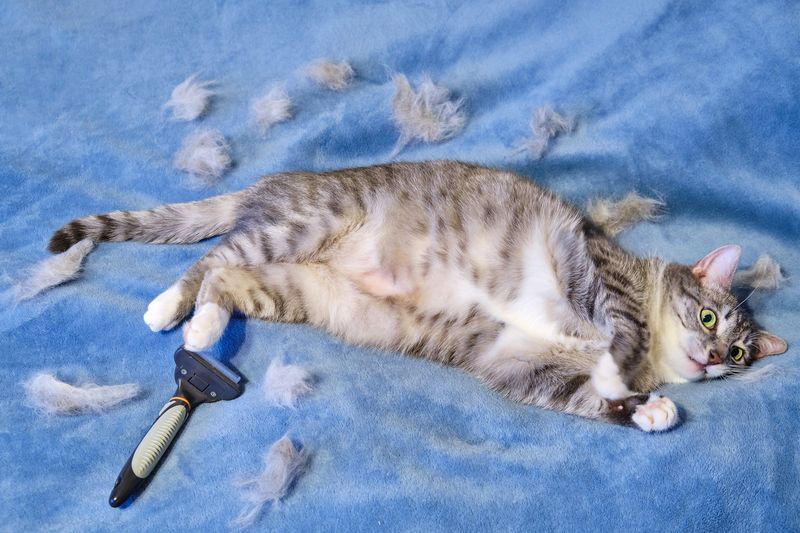
Stress can trigger excessive shedding in cats. It’s their body’s way of responding to anxiety, like shaking off nerves.
While it’s natural to lose some fur, sudden increases can mean something’s up. Regular brushing and a stress-free environment can help manage those extra tufts of fluff.
15. Overeating Or Obesity
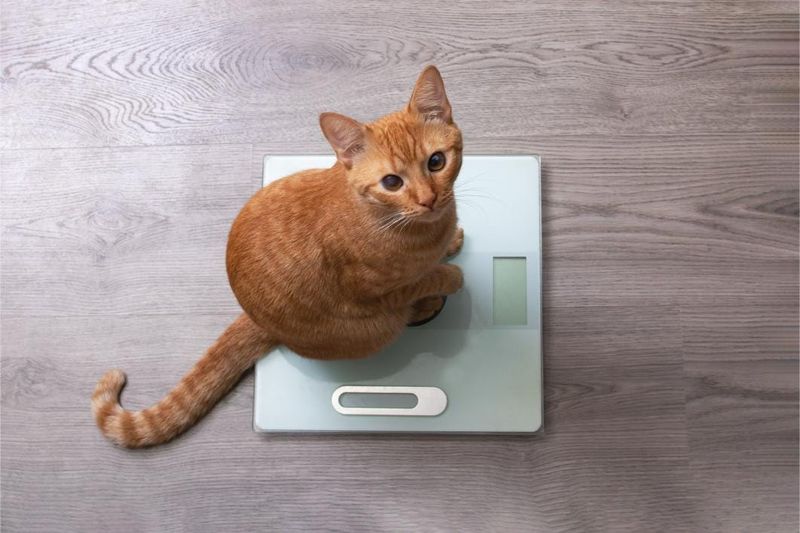
Is your cat channeling their inner foodie, munching away stress? Anxiety can lead to overeating, using food as a comfort.
A sudden increase in appetite or weight gain can be signs of stress eating. Monitoring their diet and ensuring regular playtime can help balance their need for comfort and their health.
16. Avoiding Favorite Places
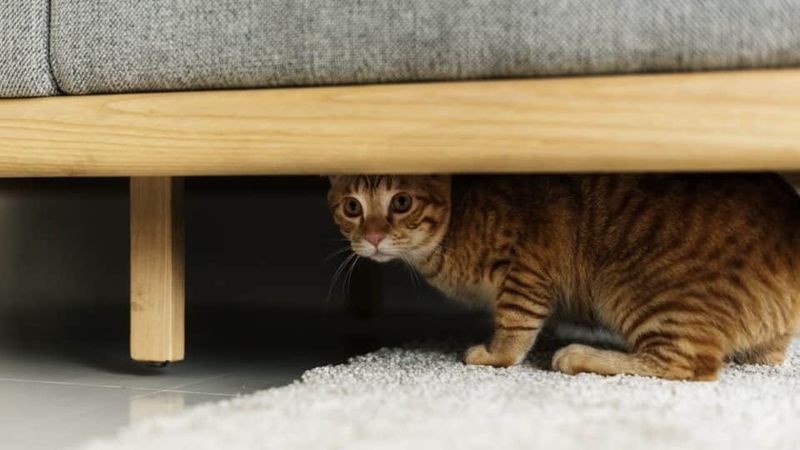
When your cat suddenly avoids their favorite hangout or cozy nook, it’s like they’re sending you a furry SOS. Something might be troubling them, prompting this change.
Keep an eye on what’s different in those areas. Sometimes, a small adjustment in their environment can bring back that sense of comfort and happiness.

